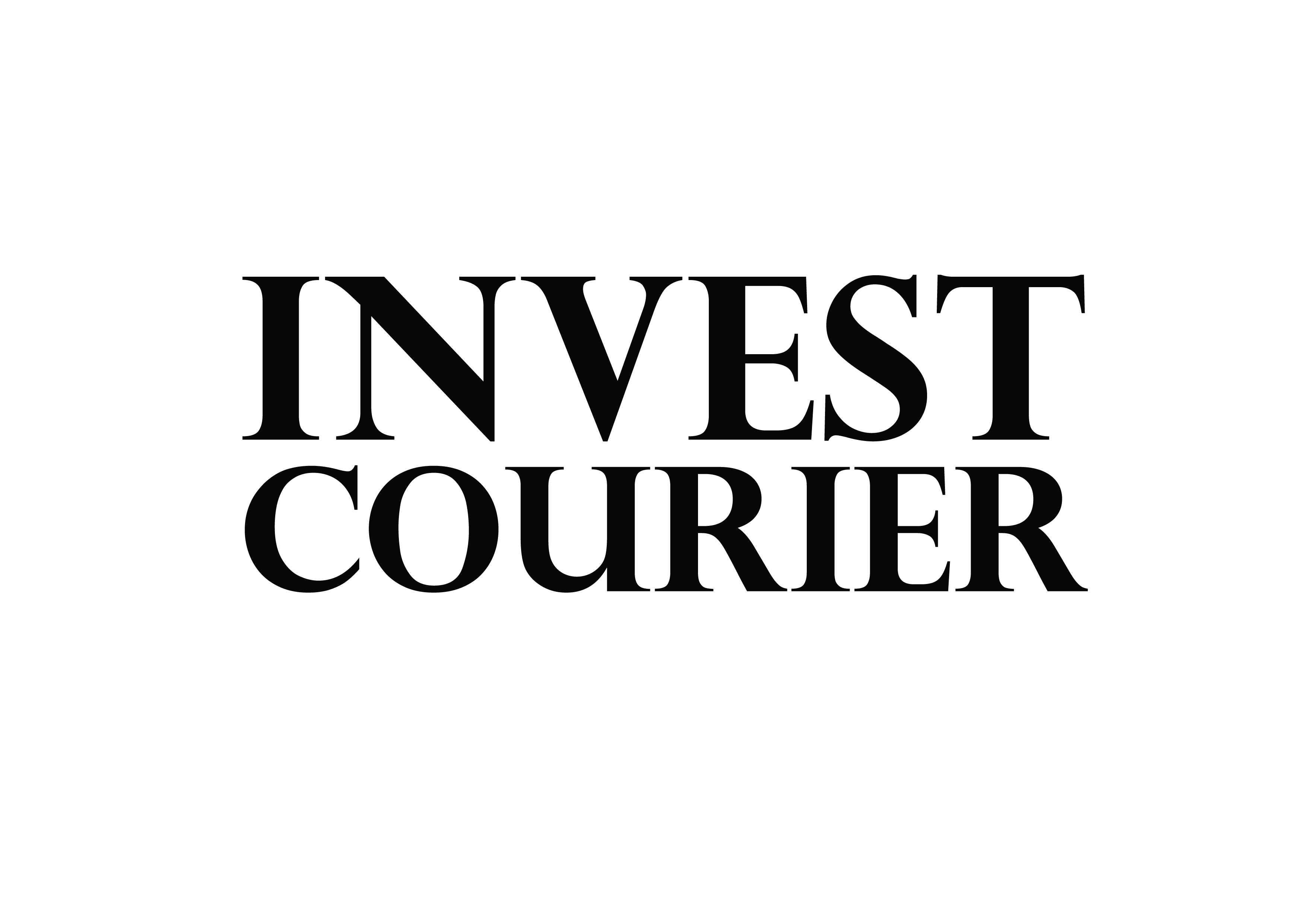Every year, many Americans lose thousands due to overlooked gaps in their policies. Whether it’s underestimating flood risks or inadequate car coverage, small oversights can lead to big financial headaches. FEMA reports that 25% of flood claims come from low-risk areas—proof that anyone can face unexpected losses.
Balancing affordability with proper protection is key. Skipping reviews or choosing the cheapest plan might save money upfront but leave you vulnerable later. For example, underinsured homeowners often struggle to rebuild after disasters, while denied claims for stolen vehicles add stress.
Think of policies as a safety net, not an optional cost. Below, we’ll break down seven critical errors and how to fix them—helping you secure the right coverage without overspending.
Key Takeaways
- Policy gaps can cost thousands in uncovered losses.
- Flood risks exist even in low-risk zones.
- Cheaper plans may lack essential protections.
- Regular reviews prevent underinsurance surprises.
- Actionable tips help optimize your coverage.
Introduction
Claim denials surged by 37% last year, exposing widespread coverage blind spots. The NAIC reports these spikes often stem from preventable mistakes people make, like misunderstanding policy terms. For example, many drivers assume collision insurance covers theft—only to learn too late they needed comprehensive protection.
Financial literacy gets attention, but insurance literacy is just as crucial. A FEMA study shows 70% of policyholders discover gaps mid-claim. Skipping annual reviews or misjudging deductibles can leave you financially exposed.
Small oversights have big consequences. Underestimating flood risks or skipping add-ons might save pennies now but cost thousands later. Tools like deductible calculators and competitor quotes help avoid these pitfalls.
Ready to tighten your safety net? Below, we’ll break down how to spot—and fix—critical gaps before they hurt your wallet.
1. Skimping on Coverage to Save Money
Saving $20 monthly sounds great until you face a $20,000 claim gap. FEMA warns just 1 inch of floodwater causes $11,000 in damage—yet 62% of homeowners insurance policies lack replacement cost coverage.
When “Cheap” Becomes Expensive
Actual cash value policies deduct depreciation, leaving you short. For example, a roof damaged in a Texas hailstorm might only get $5,000 despite $15,000 rebuild costs. Enough coverage means paying $50 extra monthly to avoid a $50,000 shortfall.
Red flags include:
- Policies based on your mortgage balance (not rebuild costs).
- Exclusions for floods, earthquakes, or mold.
- Deductibles higher than your emergency fund.
Ask your agent:
- “Does this policy cover replacement costs or actual cash value?”
- “What perils are excluded?”
- “How often should I review my limits?”
Underinsured claims often stem from chasing low premiums. A slightly higher payment today prevents financial chaos later.
2. Picking the Wrong Deductible
43% of policyholders admit they’d rethink their deductible if faced with an unexpected claim (NAIC). A deductible high low choice isn’t just about monthly savings—it’s about balancing what you pay now versus what you might owe later.

High Deductible Pitfalls
Opting for a higher deductible can slash premiums—a $1,000 deductible saves 22% on auto coverage versus $500. But if you can’t afford pay that amount after a crash, you’re stuck. Red flags include:
- Deductibles exceeding your emergency fund.
- Special hurricane/windstorm deductibles (e.g., Florida mandates 2%–10% of home value).
- Missing out on bundling discounts by prioritizing low premiums alone.
Low Deductible Trade-offs
Lower deductibles mean predictable costs, but lower premium savings add up. Over three years, a $500 deductible could cost $1,200+ more than a $1,000 option. Ask:
- Can I absorb the deductible today if disaster strikes?
- Does my state have unique deductible laws?
- Would a deductible savings account (like credit unions offer) bridge the gap?
“Deductibles should match your cash flow, not just your premium preferences.”
| Deductible | Avg. Annual Premium | 3-Year Savings |
|---|---|---|
| $500 | $1,200 | $0 |
| $1,000 | $936 | $792 |
3. Overlooking Essential Policy Add-Ons
Affordable add-ons like flood insurance often get ignored until disaster strikes. FEMA reports 40% of flood claims come from medium- or low-risk zones—proof that standard homeowners policies often fall short.
Renters face similar gaps. Despite averaging just $15/month, 60% skip renters insurance. A single burglary or fire could mean $30,000+ in uncovered losses.
Umbrella liability is another unsung hero. For $380/year, a $1M policy covers lawsuits from dog bites or car accidents. One Airbnb host faced $200,000 in damages after a guest’s injury—their umbrella policy saved them.
Not all policies are equal. “Named perils” only cover listed risks (e.g., fire), while “open perils” protect against everything unless excluded. Always ask:
- “Does this cover equipment breakdown or service lines?”
- “Are pets or home businesses included?”
- “What’s the claims process for flood insurance?”
“Endorsements are the Swiss Army knife of coverage—small but critical.”
At renewal, use this script to help avoid gaps: “Can we review these five endorsements?” A 10-minute chat could save years of regret.
4. Insuring Assets for the Wrong Value
Rebuilding costs jumped 14% this year, yet many homeowners still undervalue their coverage. A recent study found 58% of homes are insured for 20% less than their true rebuild cost. That gap could leave you footing a hefty bill after a disaster.
Why Land Value Misleads
Policies often include land value, which doesn’t burn or flood. If your home’s market price is $300,000 (with $100,000 land value), insuring it for that full amount means you’re $100,000 short on rebuild costs.
Red flags to watch:
- Policies based on tax assessments or mortgage balances.
- No inflation guard clause in high-cost states like California.
- Exclusions for code upgrades (e.g., new electrical standards).
How to Fix It
Opt for replacement cost coverage at 90%+ of rebuild value. For extra safety, add an extended replacement cost rider (covers up to 125% of your limit). Tools like ISO’s Building Cost Calculator help estimate accurate figures.
“Underinsuring by just 10% can delay rebuilding by months—contractors prioritize fully covered clients first.”
| Coverage Type | Rebuild Cost | Out-of-Pocket Shortfall |
|---|---|---|
| Undervalued (80%) | $200,000 | $40,000 |
| Adequate (100%) | $250,000 | $0 |
Review your policy annually. Construction inflation won’t wait—neither should your insurance coverage.
5. Failing to Update Policies After Life Changes
Life changes fast—your coverage should keep up. Adding a teen driver hikes premiums 161% on average, yet 80% forget to update policies post-renovation. Outdated plans leave you underinsured when you’ll need protection most.

Major milestones trigger gaps. Inherited jewelry? Standard life insurance often caps valuables at $1,500. Ask for a scheduled personal property endorsement—it covers appraised items like heirlooms or art.
Smart home upgrades can lower costs. Leak sensors or burglar alarms may qualify for discounts up to 15%. Make sure to share installation receipts with your agent.
Use this checklist after life events:
- Marriage/divorce: Update beneficiaries and joint assets.
- Renovations: Increase dwelling coverage for added square footage.
- New drivers: Adjust auto liability limits.
“One client’s $50,000 kitchen remodel wasn’t covered—their policy still reflected the home’s original 1980s value.”
| Life Event | Premium Impact | Action Required |
|---|---|---|
| Teen Driver | +161% | Raise liability limits |
| Home Renovation | +8–20% | Update replacement cost |
| Inheritance | Varies | Add endorsements |
Email your agent with this template:
- Subject: Policy Review Request – [Your Name]
- Body: “Hi [Agent], I’ve recently [event]. Can we update my coverage?”
6. Not Shopping Around Periodically
Loyalty rarely pays in the insurance world—68% of customers could save over $500 yearly by switching providers. Yet many stick with the same insurance companies for decades, missing better rates or coverage.
Build a 3-Year Shopping Strategy
Compare quotes every 24–36 months. Market shifts mean today’s “best rate” might lag behind competitors tomorrow. Follow this checklist:
- Auto insurance rates vary up to 52% for identical drivers (NAIC).
- Bundle home and auto policies for 22% average savings.
- Ask about loyalty discounts—some states penalize long-term customers.
Ratings vs. Satisfaction: Know the Difference
AM Best grades financial strength (A+ = stable), while J.D. Power scores customer service. A company might be solvent but slow on claims. Use both metrics when comparing.
“Customers who negotiate via brokers save 19% more than those who don’t.”
Download a policy snapshot worksheet to compare:
- Coverage limits (e.g., $300k vs. $500k liability).
- Deductible options and out-of-pocket costs.
- Add-ons like roadside assistance or vanishing deductibles.
Pro tip: Independent brokers access multiple carriers. They’ll often match or beat direct rates—just ask.
7. Ignoring Your Insurer’s Complaint Record
Some carriers deny claims 33% more often—knowing their track record saves headaches. The NAIC’s 2023 data shows top insurers vary wildly in complaint ratios. One company had 0.2 complaints per 1,000 policies, while another hit 3.1.
Non-standard carriers (those covering high-risk drivers or homes) often struggle. Their denial rates spike 33% above industry averages. Red flags include:
- Slow payout timelines (over 30 days for simple claims).
- BBB ratings below A- or unresolved complaints.
- Social media rants about denied accident claims.
Use the NAIC’s Complaint Index Tool to compare carriers. Search by state and policy type. For example, Texas homeowners might see Company X has 2x more complaints than competitors.
“A single complaint isn’t a dealbreaker—but patterns predict pain points.”
Action steps:
- Check your state’s Department of Insurance (DOI) hotline for unresolved complaints.
- Search “[Insurer Name] + lawsuit” for recent legal battles.
- Ask agents: “What’s your claims approval rate for [your policy type]?”
Pro tip: Independent agents share unfiltered insights. They’ll warn you off problematic insurance companies before you sign.
Conclusion
Smart coverage choices protect your wallet long-term. Over 90% who follow these tips close gaps in their homeowners insurance, auto plans, or life insurance. A Michigan family saved $1,200 yearly by adjusting deductibles and bundling policies.
Turn insights into action:
- Review policies annually—mark your calendar.
- Compare car insurance quotes every 2-3 years.
- Use our free audit template to spot weak points.
Small changes save money and stress. Start today—your future self will thank you.
FAQ
How can choosing a low-coverage plan backfire?
Opting for minimal coverage might lower premiums now, but you risk massive out-of-pocket costs if disaster strikes. A single accident or home damage could cost far more than years of savings.
What’s the downside of a high deductible?
While high deductibles reduce monthly premiums, you’ll pay significantly more upfront before coverage kicks in. This can strain finances if an unexpected claim arises.
Why do life changes require policy updates?
Marriage, kids, or buying a home increase your financial responsibilities. Outdated policies may leave gaps, leaving loved ones or assets underprotected.
How often should I compare insurance quotes?
Review rates every 1–2 years. Insurers adjust pricing, and loyalty doesn’t always pay. Use tools like Progressive or Geico for quick comparisons.
What happens if I undervalue my home?
Underinsuring means you won’t get enough to rebuild after a total loss. Guaranteed replacement cost riders help avoid this trap.
Why check an insurer’s complaint record?
Companies with high complaints may delay payouts or deny claims. The NAIC database reveals customer satisfaction trends before you commit.
Are add-ons like jewelry coverage worth it?
Standard policies often exclude high-value items. Scheduled personal property coverage ensures your valuables are fully protected against theft or loss.


